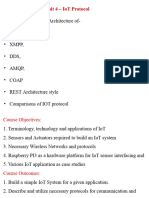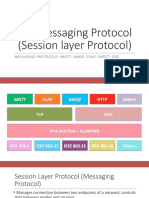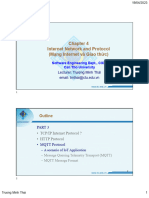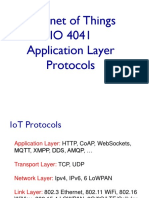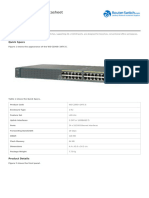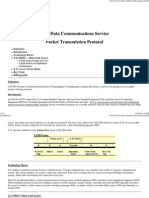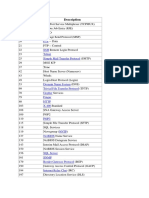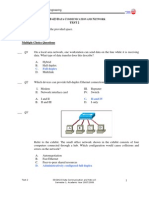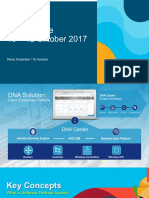0% found this document useful (0 votes)
65 views4 pagesMQTT
MQTT is a lightweight messaging protocol introduced in 1999 for IoT applications using a publish/subscribe model where sensors publish data to a broker which then sends the data to subscribers based on their topics of interest; SMQTT extends MQTT with encryption features like broadcast encryption to enhance its security.
Uploaded by
sreeja sethuCopyright
© © All Rights Reserved
We take content rights seriously. If you suspect this is your content, claim it here.
Available Formats
Download as DOCX, PDF, TXT or read online on Scribd
0% found this document useful (0 votes)
65 views4 pagesMQTT
MQTT is a lightweight messaging protocol introduced in 1999 for IoT applications using a publish/subscribe model where sensors publish data to a broker which then sends the data to subscribers based on their topics of interest; SMQTT extends MQTT with encryption features like broadcast encryption to enhance its security.
Uploaded by
sreeja sethuCopyright
© © All Rights Reserved
We take content rights seriously. If you suspect this is your content, claim it here.
Available Formats
Download as DOCX, PDF, TXT or read online on Scribd
/ 4






